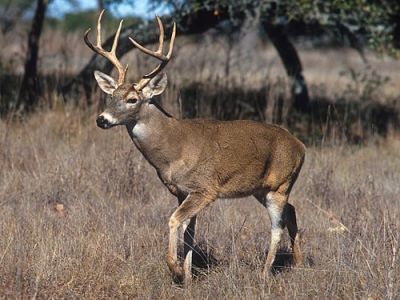M-ODVI-White-tailed Deer

White-tailed Deer
Odocoileus virginianus
- Phylum: Craniata
- Class: Mammalia
- Order: Artiodactyla
- Family: Cervidae
The white-tailed deer (Odocoileus virginianus), also known commonly as the whitetail and the Virginia deer, is a medium-sized species of deer native to North, Central and South America.
General Information
Key Habitat Features
Broad array of habitats, including forests and woodlands, forest edges, shrublands, grasslands with shrubs, riparian areas, cultivated fields, residential areas.
Objectives
Ensure that activities do not disrupt behaviour of adult females and young during the fawning season.
Maintain desired plant communities and key habitat features.
Planning and Operational Measures
All Activities
Identify key habitat features using appropriate measures (i.e., QP direction, desktop review, field confirmation, etc) and plan activities within the operating area accordingly.
Time works such that they occur outside of the critical timing window.
Apply the appropriate survey and setback requirements for WHFs within identified habitat. (Refer to section 1.9 of the EPMG for additional guidance on WHFs).
All Activities
Undertake construction and operation of oil and gas activities in a manner that minimizes impacts to desired plant communities and key habitat features.
Timing considerations when working within identified habitat:
Avoid disturbance and/or clearing activities within know birthing areas during the critical timing window from May 15 to July 15.
Linear Features
Avoid creation of linear features within known birthing areas.
Upon completion of the activity, undertake the following measures to encourage re-establishment of the pre-disturbance ecological trajectory:
deactivate unnecessary access corridors,
undertake measures to control access,
promote natural or assisted regeneration.